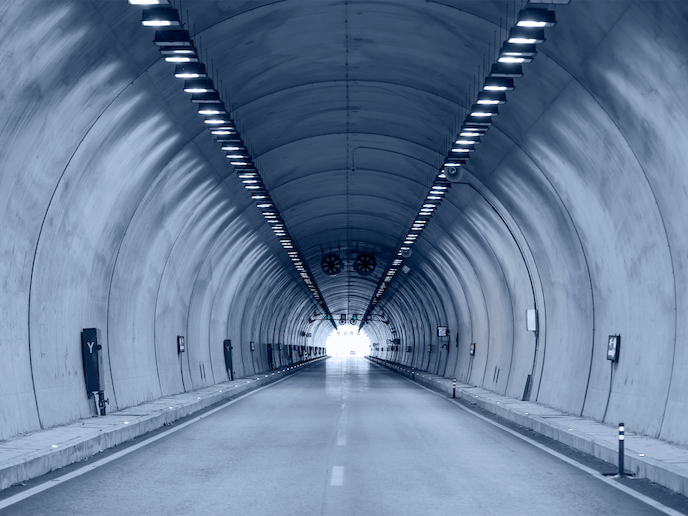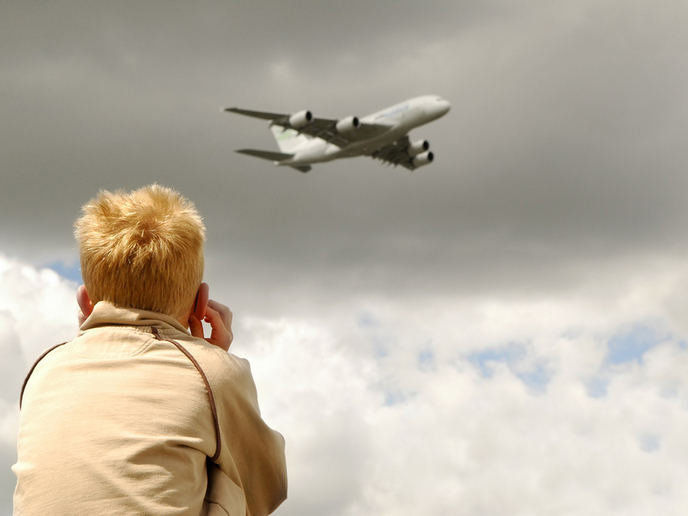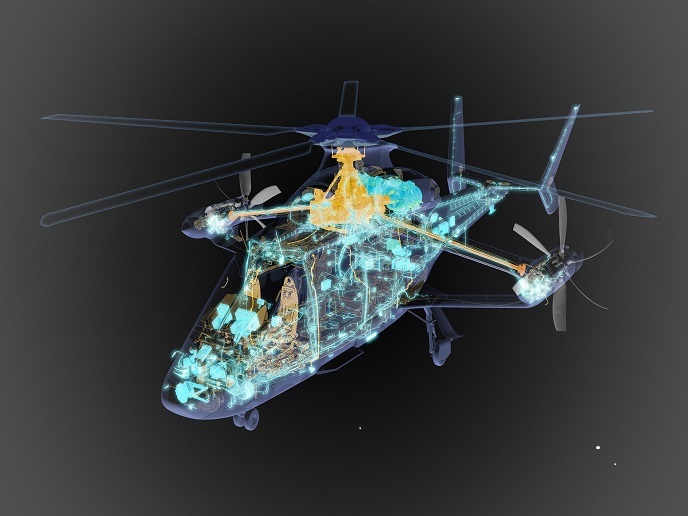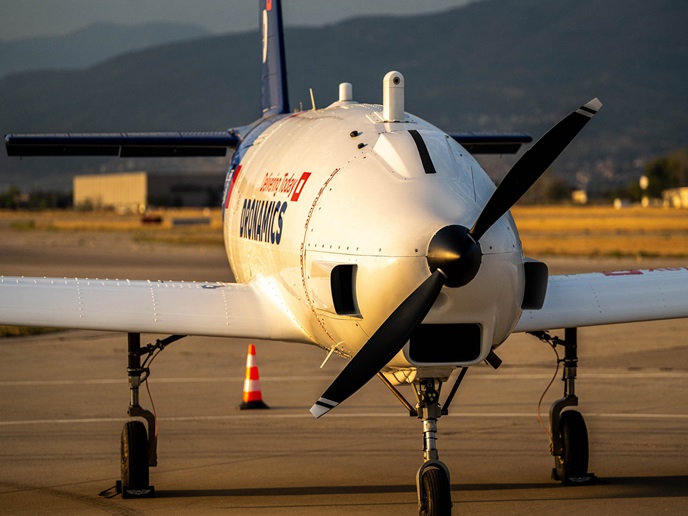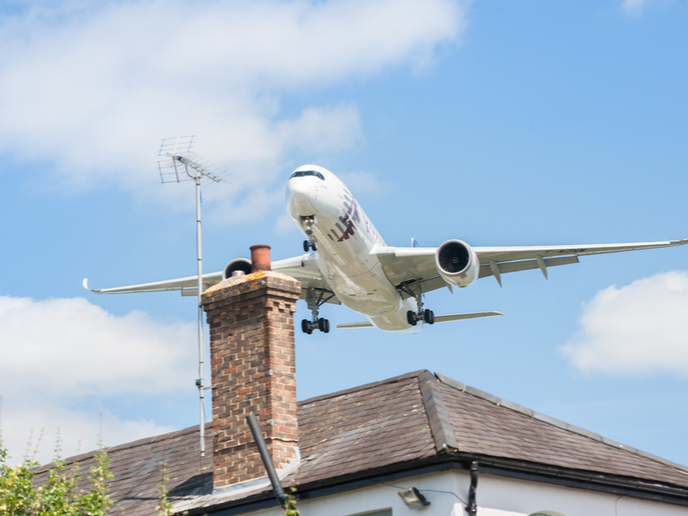A new vision for ensuring the safety of road and rail tunnels
Today, engineers test the structural integrity of a road or rail tunnel by hitting the tunnel wall with a hammer and recording the reflected sound. Although this process has the advantage of being remarkably simple, the downside is that it is time consuming. Furthermore, interpretation of the acoustic data is prone to errors, a factor that could have serious – if not catastrophic – consequences for the safety of a tunnel. To prevent such disasters, Euromobilita, a Czech technology company, has created a new concept in ground-penetrating radar (GPR) for use in tunnel construction and maintenance. Called Tunnel Vision, the system uses rotating antennae to form 3D high-resolution images of the surface that can be easily interpreted by the end user. The soundness, economic viability and market potential of this concept was tested during the EU-funded TUNNEL VISION project. “We believe the creation of clear 3D augmented reality images will allow civil engineers to accurately determine failures in the tunnel’s infrastructure,” explains Ales Loncaric, Euromobilita technical director and TUNNEL VISION project manager. “By providing this, Tunnel Vision will improve a tunnel’s performance and resilience while reducing the risks, effects and costs of structural failures.”
Adjusting to meet end-user needs
Working with industry professionals and potential end users, project researchers proved the GPR technology’s ability to achieve the intended results while operating in a tunnel environment. The project also determined the costs of acquiring the required subsurface tunnel infrastructure inspection radar, including the unit price of the hardware, integration of the hardware with customer-owned rail vehicles, establishment of a capable data communication infrastructure, manufacturing partner software licensing fees, and initial staff training. To ensure the system would be accepted on the market, project researchers also studied the needs of infrastructure managers. Here, researchers discovered that the proposed system was not appropriate, as infrastructure managers need to be able to place the antennae in the centre of the tunnel. “The original concept used a rotating antenna that could only be positioned using a robotic arm, which was not practical for our targeted end users,” explains Loncaric. “As a result, we went back to the drawing board to redesign the Tunnel Vision concept.”
The disruptive technology of the future
Once complete, the Tunnel Vision system will achieve surface measurements of up to 3 metres deep (compared to the 10 cm capability of traditional acoustic systems). Tunnel Vision will also significantly increase the speed at which inspections take place – from a maximum of 7.5 metres per hour to over 5 km per hour. “By being able to scan deeper and faster, Tunnel Vision is positioned to be the disruptive technology of the future,” adds Loncaric.
Keywords
TUNNEL VISION, Euromobilita, tunnel, ground-penetrating radar, engineers, civil engineer



